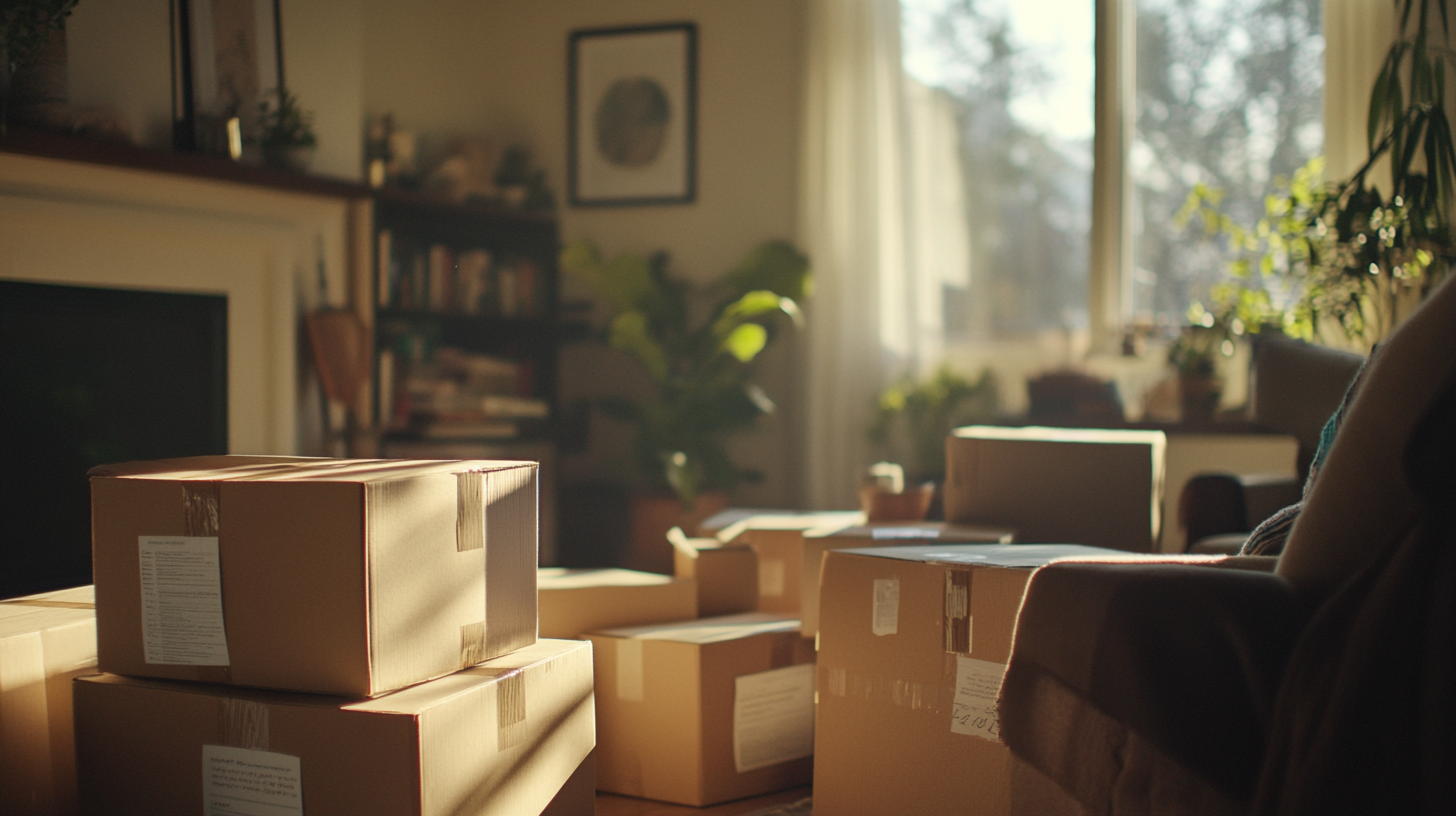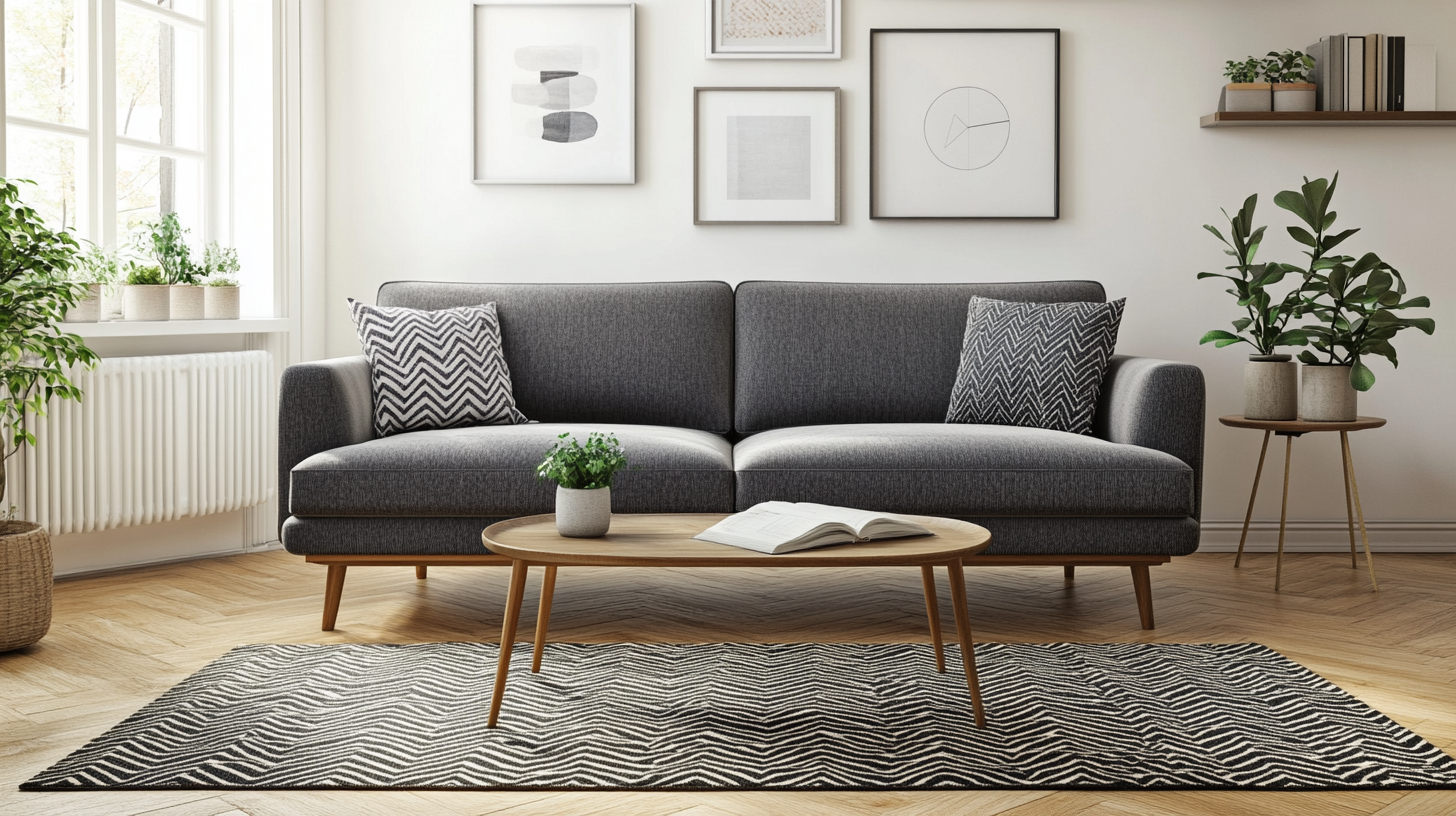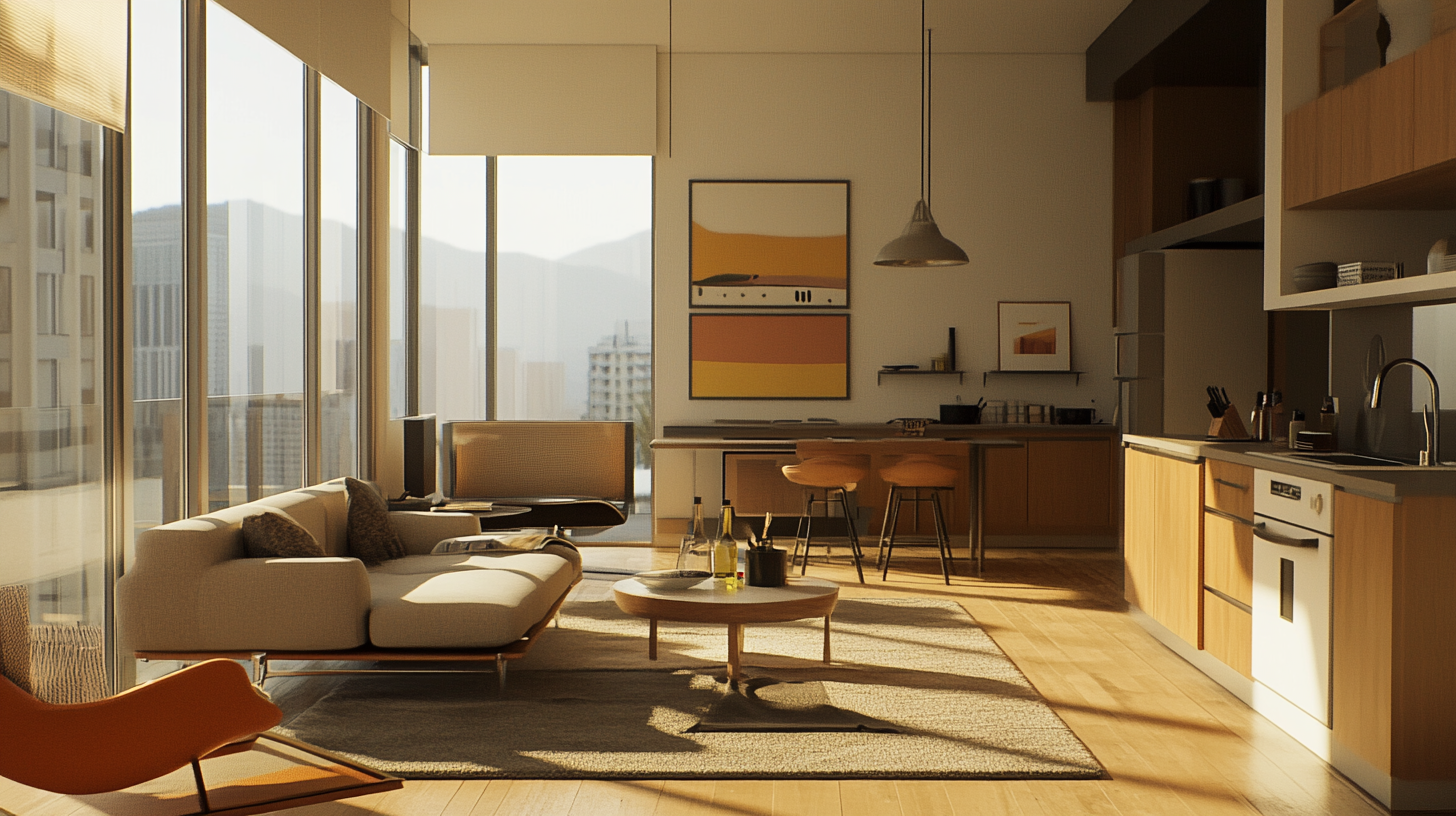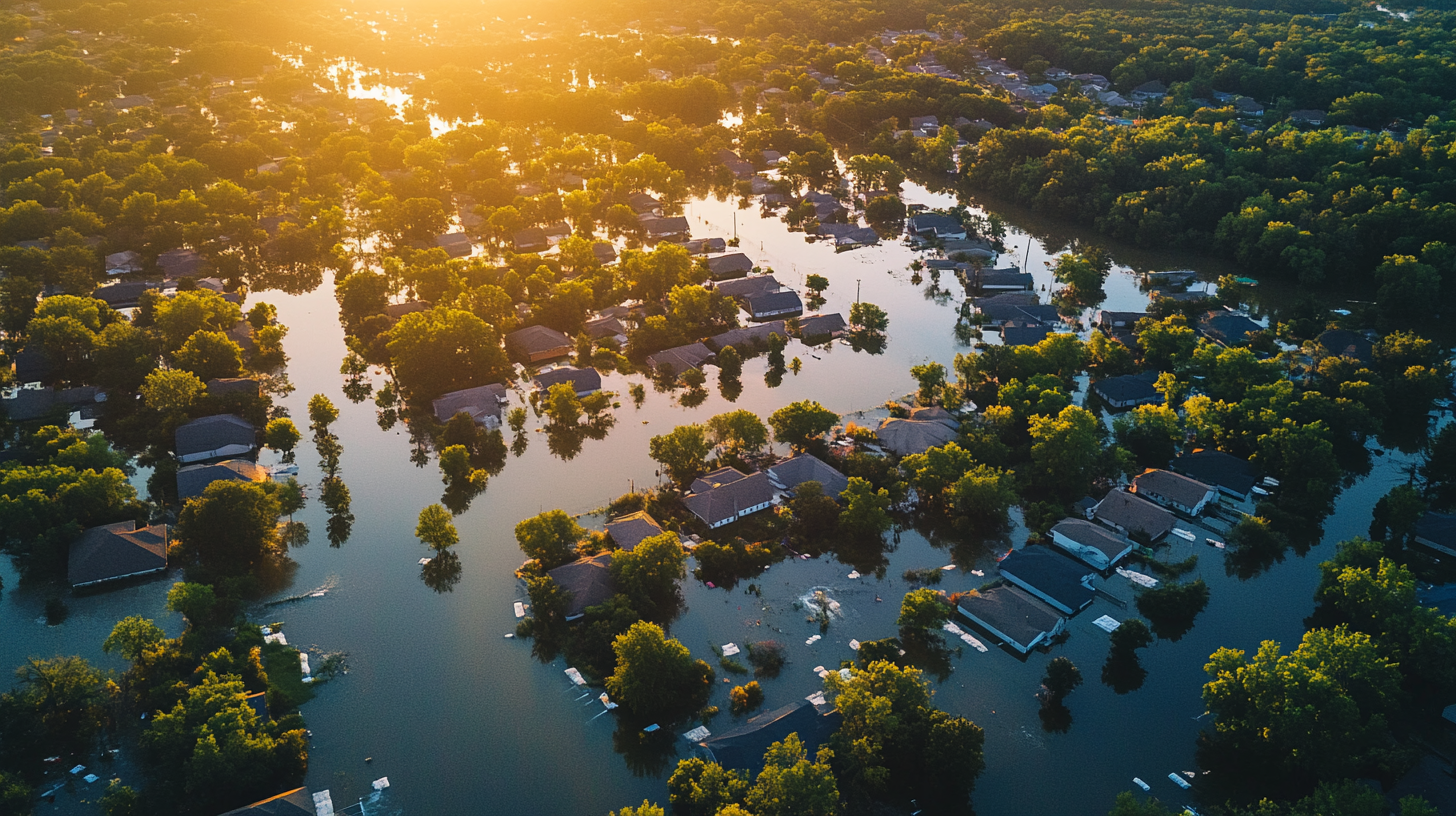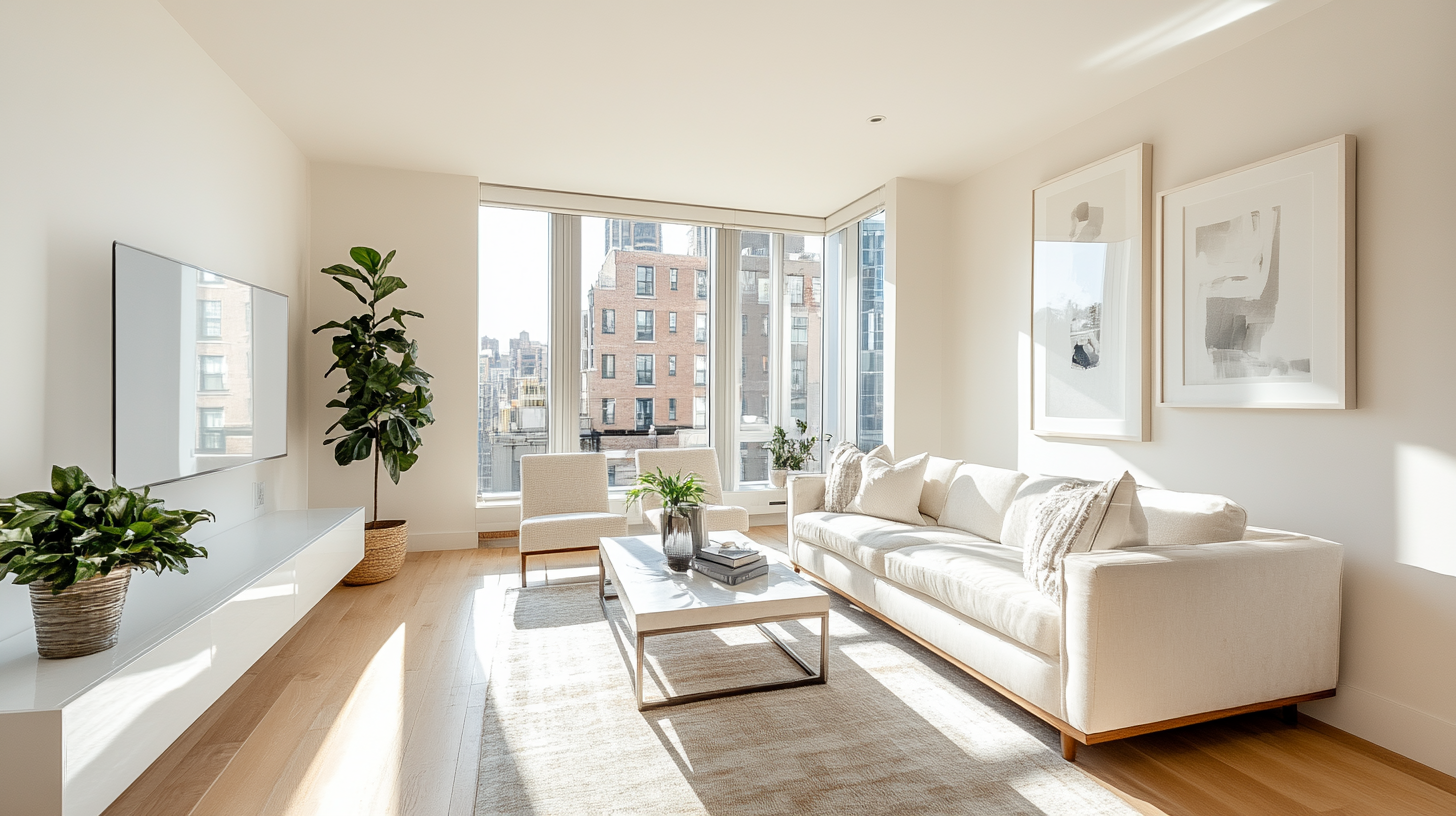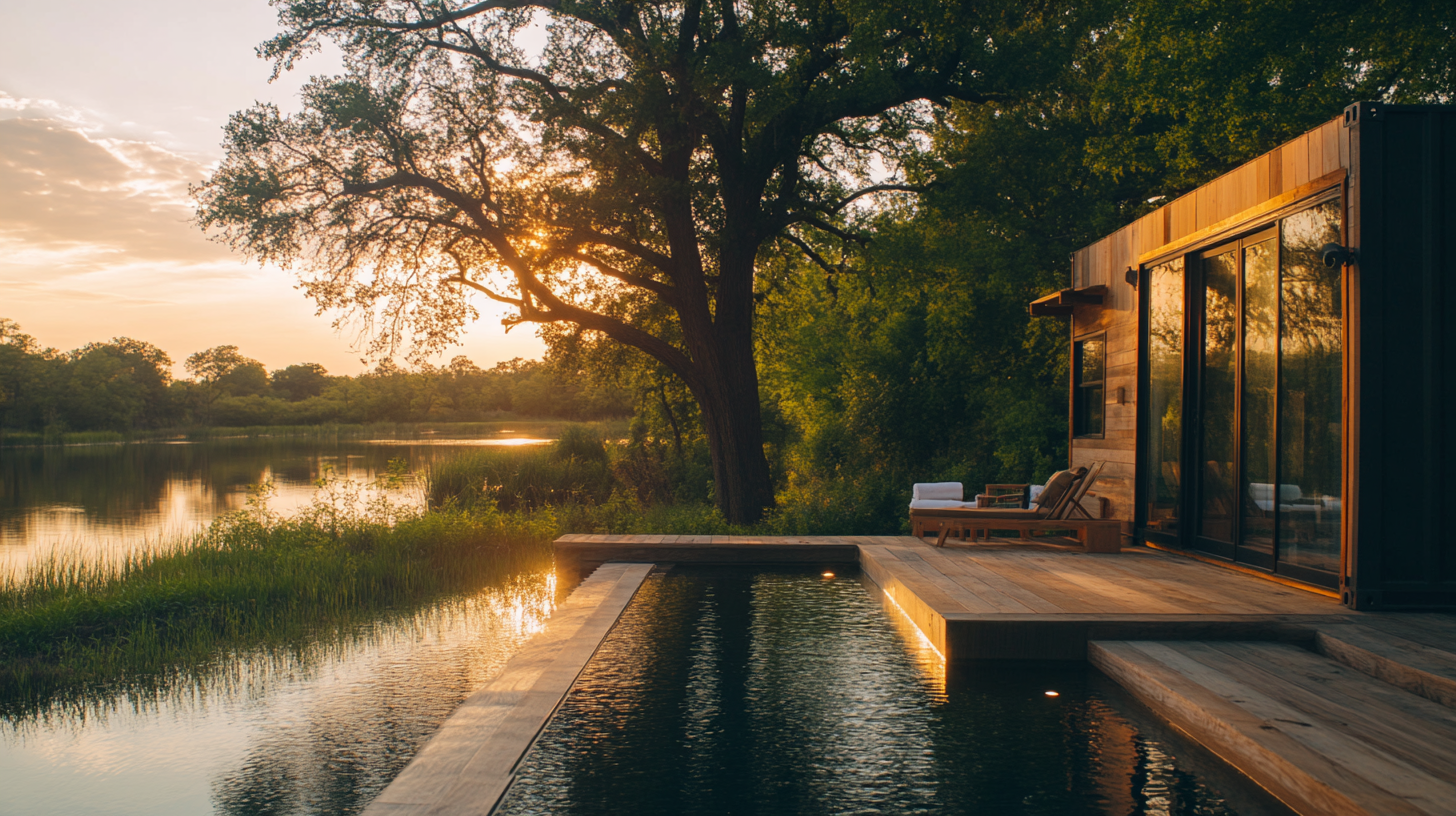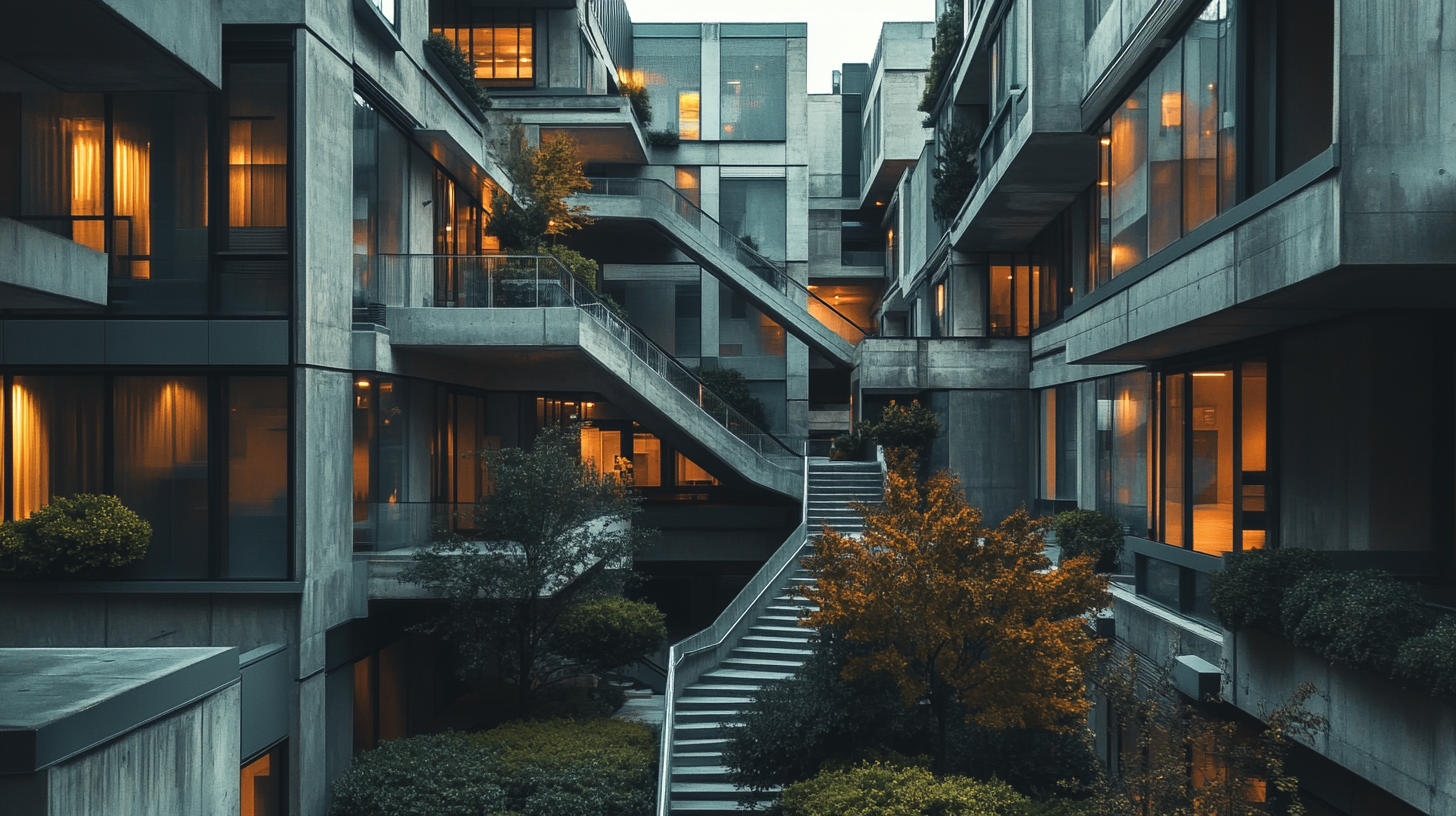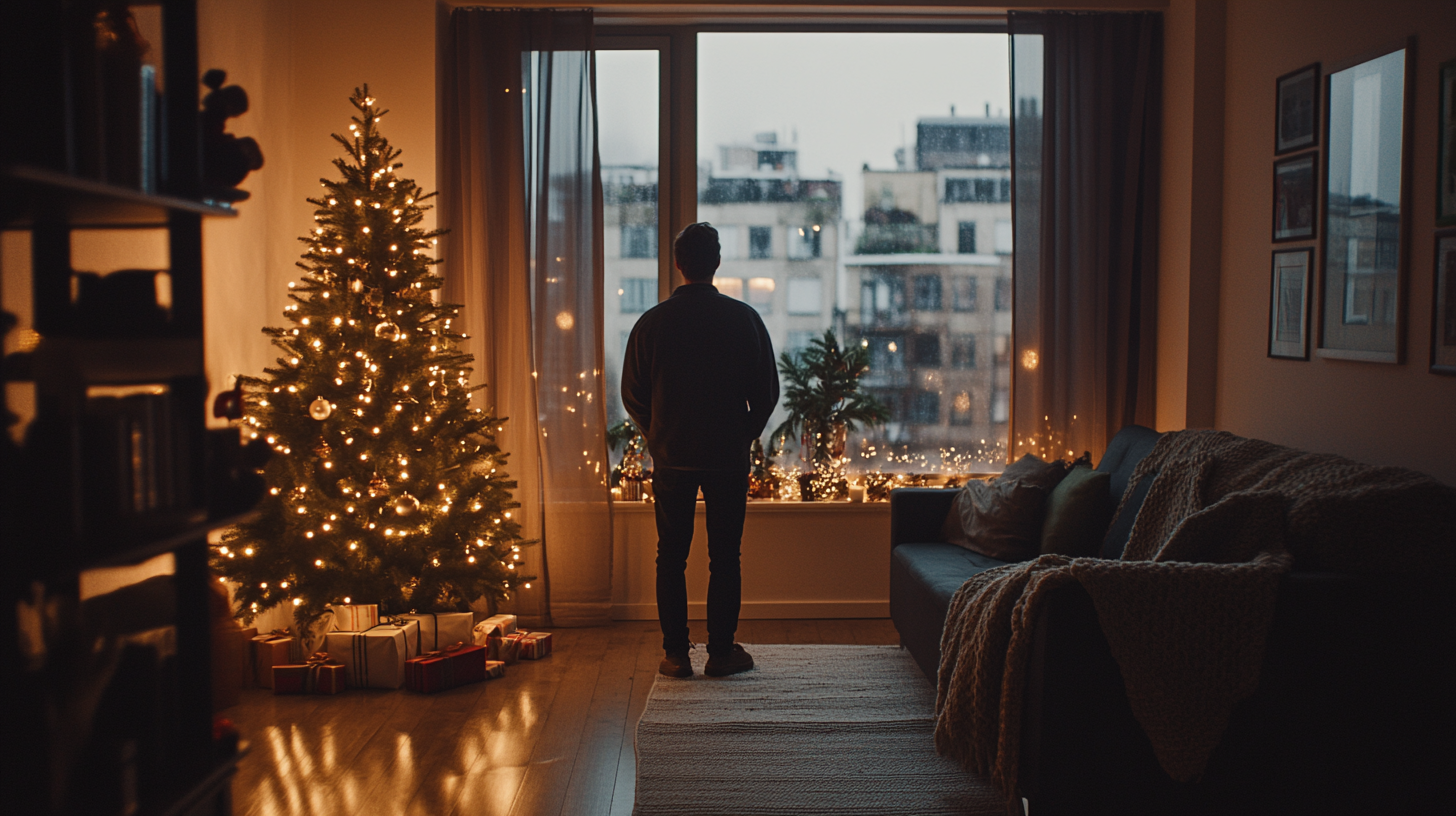Things to Look For During an Apartment Inspection: A Comprehensive Guide
Essential Apartment Inspection Tips for a Smooth Move-In Process
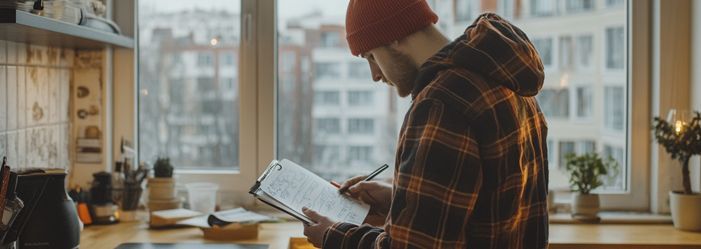
When you're about to move into a new apartment, it's crucial to conduct a thorough inspection before signing the lease. An apartment inspection ensures that the property is in good condition and free from any hidden issues that could cause headaches down the line. This process is similar to taking a used car for a test drive before buying it—you want to make sure everything is working correctly and that there are no unpleasant surprises. In this guide, we’ll walk you through the essential things to look for during an apartment inspection, helping you secure a safe, comfortable, and hassle-free living space.
Why Apartment Inspections Matter
Before diving into what you need to check during an apartment inspection, it's important to understand why this process is so critical. Conducting a detailed inspection helps you identify any existing damages or maintenance issues that the landlord should address before you move in. This step is crucial in avoiding disputes over security deposits when your lease ends. According to Justia, a legal resource platform, “An apartment inspection can help avert or minimize disputes with your landlord in the future about the condition of the property, as well as providing you with a safer, more pleasant place to live.”
In addition, by identifying issues early on, you give the property manager time to make necessary repairs, ensuring your new home meets your expectations. With that in mind, let’s explore the key areas you need to focus on during your apartment inspection.
1. Inspect the Walls and Ceilings
Begin your inspection by examining the walls and ceilings in every room. Look for cracks, structural holes, or evidence of water leaks, particularly around windows and vents. Even small holes from previous tenants' picture hangings should be noted, as you don’t want to be blamed for them later. Additionally, inspect the paint job to ensure it's done professionally, with no drips or chips, and that the paint color is consistent throughout the apartment.
Pay special attention to ceilings as well—discoloration or water stains could indicate a previous or ongoing leak. If you spot any signs of potential water damage, inform the landlord immediately.
2. Test Electrical Outlets and Lighting
Ensuring that all electrical outlets and lighting fixtures are functioning properly is a critical part of your inspection. Bring a small device, like a nightlight, to plug into each outlet to check for power. Make sure there are no burn marks or cracks around the outlets, which could be signs of electrical issues.
Turn on all lights in each room to confirm they work correctly. Look for cracks or burn marks around light fixtures, and ask the property manager to replace any burnt-out bulbs, especially in hard-to-reach places. Proper lighting is essential for both safety and comfort, so don't overlook this step.
3. Evaluate Windows and Doors
Windows and doors play a significant role in the safety, energy efficiency, and comfort of your apartment. Run your hand along the edges of windows and doors to check for drafts, which could indicate poor insulation. Make sure all windows and doors open, close, and lock securely. Windows that don’t lock properly can be a safety hazard, so ensure these issues are addressed before moving in.
Additionally, inspect the insulation around the windows and doors. If you feel a draft or notice that you can see light through a closed door, the insulation may need to be improved to keep your apartment warm in the winter and cool in the summer.
4. Check the Flooring and Carpeting
Take a close look at the floors in every room, including behind furniture and in corners. For carpeted areas, inspect for stains, holes, and signs of wear and tear. Tug on the edges of the carpet to see if it's securely fastened, and check for any unusual odors that could indicate pet damage.
For hard flooring, look for scratches, cracks, or loose floorboards. Also, check for nails or staples that may have come loose, as these can be a tripping hazard. Floors are a significant part of the apartment's overall appearance and functionality, so make sure they are in good condition.
5. Inspect the Kitchen Appliances
The kitchen is one of the most important areas to inspect, as it houses the majority of the apartment’s appliances. Start with the stove and oven. Turn on each burner to ensure they heat up properly and that the oven door seals tightly. For gas stoves, make sure the burners ignite without releasing too much gas.
Next, test the refrigerator by opening and closing the doors to check the seal. Feel the temperature inside to ensure it’s cold enough, and inspect the freezer for frost buildup. Don’t forget to check the ice maker, if applicable, to ensure it’s functioning properly and that the ice tastes and smells clean.
Finally, inspect the sink by turning on the water to check the pressure and temperature. Turn on the garbage disposal to ensure it operates smoothly, and look for leaks under the sink.
6. Assess the Bathroom Fixtures
Bathrooms can harbor hidden issues, so it's important to inspect this space carefully. Start by flushing the toilet to ensure it works properly, refills quickly, and doesn’t continue running. Lift the toilet tank lid to check for any damaged or broken components.
Turn on the sink and shower faucets to test the water pressure and temperature. Let the water run for a while to ensure you won’t run out of hot water too quickly. Check the sink and shower drains for proper drainage, and inspect the grout and tiles for mold or damage.
If your apartment has a bathtub, stand in it and gently bounce to check for any signs of instability, which could indicate underlying damage. Inspect the storage areas, such as cabinets and medicine cabinets, for cleanliness and sturdiness.
7. Verify the Heating and Cooling Systems
Your comfort in the apartment largely depends on the heating and cooling systems. Whether the apartment has central heating, a radiator, or a window unit for air conditioning, it’s important to test these systems. Turn on the heat and air conditioning to ensure they work properly and that the temperature is consistent throughout the apartment.
If the apartment has a thermostat, check that the temperature reading matches the actual room temperature. Inspect vents and radiators for any signs of damage or leaks, and listen for unusual noises that could indicate a problem.
8. Examine the Safety Features
Safety should be a top priority during your apartment inspection. Ensure that smoke detectors are installed in or near each bedroom, by the front door, and in the kitchen. Test each smoke detector to confirm it’s functioning properly. Ask the property manager about the last time the batteries were replaced and the age of each smoke detector, as they should be replaced every 10 years.
Additionally, check for carbon monoxide detectors, radon detectors, and fire extinguishers. These safety devices are crucial for protecting you and your belongings in case of an emergency.
9. Review the Building’s Exterior and Common Areas
After you’ve inspected the interior of the apartment, take a walk around the building’s exterior and common areas. Check the condition of exterior doors and windows, especially if they lead directly into your apartment. Ensure that all exterior lights are functioning, and that there’s no evidence of water damage or structural issues on the building’s façade.
If your apartment includes a porch, deck, or balcony, inspect these areas for stability and safety. Look for cracks in the concrete, loose railings, or signs of water damage. If the building has shared amenities like a gym, laundry room, or parking area, make sure they are well-maintained and accessible.
Conclusion
Conducting a thorough apartment inspection is an essential step before signing a lease and moving into a new home. By carefully examining the walls, ceilings, flooring, appliances, windows, doors, and safety features, you can identify any issues that need to be addressed before you move in. This proactive approach not only ensures that your new apartment is safe and comfortable but also helps protect your security deposit by documenting any pre-existing damage.
Remember, an apartment inspection benefits both you and your landlord—it shows that you care about the property and helps establish a positive relationship from the start. Take the time to complete this important step, and you'll be setting yourself up for a successful and enjoyable tenancy.
Sources:
- Justia: Visit Justia's official website for more legal information on tenant rights and apartment inspections.
- Statista: For general statistics on rental housing and tenant behavior, visit Statista.
If you’re looking for your next apartment in the Milwaukee area, Enigma Properties is here to help. We offer a wide range of rental options tailored to meet your needs. Contact us today to find your perfect home!

